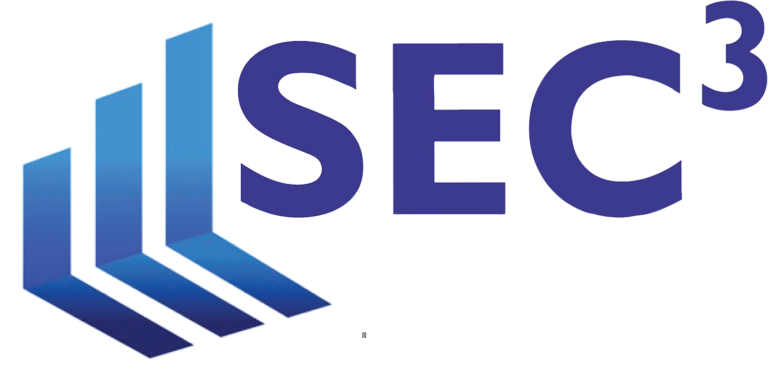These government shut downs don’t usually go on indefinitely. Before we blink an eye, examiners will be back on the beat. CCOs must stay vigilant.
On December 20th the SEC’s Office of Compliance Inspections and Examinations made its annual release of the National Exam Program priorities. Below, we’ve listed the items explicitly mentioned in the release. Many of the focus areas for the 2018 NEP remain in the 2019 Program, and certain others from earlier periods have reappeared:
- Senior Investors and Retirement Accounts has been a longstanding area of focus, and illustrates the Commissions emphasis on protecting the Main Street investor.
- Fees & Expenses: Disclosure of the Costs of Investing continues as an area of focus from years prior
- Conflicts of Interest has had broad application throughout the NEP. For 2019, OCIE identified three specific areas of focus: Securities-Backed Non-Purpose Loans and Lines of Credit, Borrowing Funds from Clients, and Securities-Backed Non-Purpose Loans and Lines of Credit (controls, incentives, and disclosures).
- Never Before & Not Recently Examined Investment Advisers this year added the “not recently” indicating an expansion of this area of focus since its introduction in 2014.
- Mutual Funds and ETFs: Following a year of targeted sweeps, ETFs continue as an area of focus alongside their mutual fund cousins. They have been a focus area of the NEP since 2014.
- Municipal Advisers have been an element of the NEP since 2015.
- Broker-Dealers Entrusted with Customer Assets appears this year as a return of the broad category of Custody and Safety of Client Assets which has appeared as a distinct item intermittently. This year’s NEP will focus particularly on broker-dealers that hold customer assets and compliance with the Customer Protection Rule (Exchange Act Rule 15c3-3).
- Microcap Securities return as an explicit focus from the 2016 NEP, having been introduced in 2015.
- An emphasis on the fundamental aspects of the markets brought an emphasis to National Securities Markets and FINRA oversight in 2017, and MSRB oversight in 2018. These remain in the 2019 Program.
- Transfer Agents and Clearing Agencies have each been an area focus since 2013.
- Information Technology has been a NEP priority in one form or another since at least 2012, shifting in focus over the years from infrastructure concerns to Cybersecurity and, more recently, Regulation Systems Compliance and Integrity (Reg SCI). These last two are separate items on the NEP, indicating continued focus across individual providers and the markets as a whole.
- Anti-Money Laundering has been an element of the NEP since 2015.
- Digital Assets – Cryptocurrency, ICOs & Secondary Market Trading, Blockchain – continue from 2018 as an area of focus.
A few items dropped off of the NEP as explicit mentions this year. As with Private Fund Advisers in 2018, we expect that this means merely that these areas – Wrap Fee Programs, Fixed Income Order Execution, and Electronic Investment Advice – have been thoroughly incorporated into the broader Program and will continue to receive thorough coverage. This is supported by recent findings of multiple compliance breakdowns at two robo-advisers, including antifraud, advertising, compliance, and books and records provisions.
A New Emphasis on Portfolio Management and Trading
The most notable entry this year was a focus on portfolio management and trading. While reviewing portfolio management processes has been an integral component to investment adviser examinations, the OCIE has specifically identified Portfolio Management and Trading for the 2019 NEP. This heading encompasses a number of related topics including the execution of client transactions, allocation of investment opportunities among clients, consistency of investments with client objectives and other legal restrictions, and disclosure of critical information to clients. OCIE will examine portfolio recommendations to assess, among other things, style drift, the introduction of new risk assets, and appropriate monitoring of risks. As these areas are typically central to the services that advisers provide to their clients, we expect there will be little tolerance for weak controls.
While the NEP priorities provide a starting point for CCOs regarding determining where to prioritize reviews, it is not a catch-all and is just a starting point for guiding your internal compliance program.

